Hands-on with Sony’s new FE 20-70mm F4 G lens, a highly versatile, standard zoom that goes extra wide
posted Tuesday, January 17, 2023 at 11:00 AM EDT

Creators looking for a versatile wide-angle zoom have yet another reason to check out Sony's offerings, as they have announced another wide-to-standard zoom lens -- though one with a rather unique focal length range that makes it stand out amongst the crowd. The new Sony FE 20-70mm F4 G lens provides photographers and video creators with a single-lens solution that offers both an ultra-wide 20mm field of view and a portrait-friendly 70mm and yet remains surprisingly compact and highly portable.
At this point, no other full-frame mirrorless lens offers this exact combination of zoom range, constant aperture and size. Sony's had a 24-105mm F4 G lens for years now -- and it's a common type of lens in the photo world in general -- but this is the first time this style of zoom lens has shifted the other way, with a wider field of view while still offering that mid-telephoto reach. The wider field of view also makes it a uniquely capable lens for video creators shooting solo or vlog-style videos.
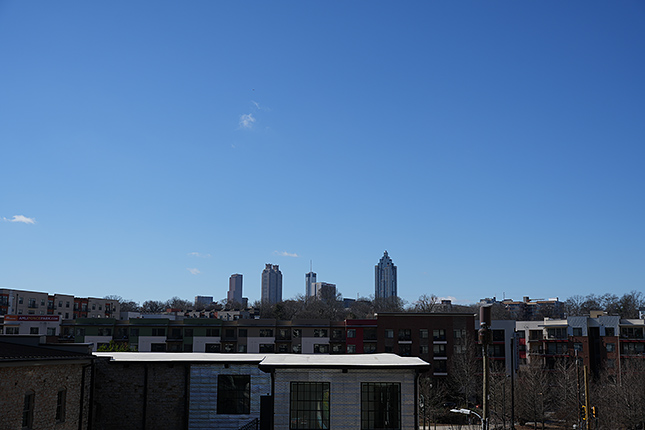
Key Features & Specs:
- Compact and lightweight ultra-wide-to-standard zoom lens for full-frame E-mount
- 20-70mm focal length range (30-105mm-eq. on APS-C)
- F4-F22 aperture range with 9-bladed circular aperture
- 16 elements in 13 groups, including 2 AA, 3 ED, 1 ED Aspherical, and 1 Aspherical element
- 0.39x maximum magnification
- 0.25m (9.8") minimum focus
- 2x XD Linear motor AF system
- Linear Response focus motors
- Active Mode image stabilizaton compatible
- Manual aperture ring with de-click toggle switch
- Aperture (iris) lock switch
- 2 customizable Focus Hold function buttons
- 72mm filter thread
- Weight: 488g (17.2 oz.)
- Dimensions (L x D): 99mm x 78.8mm (3.89 in. x 3.09 in.)
- Dust and moisture resistant construction; Fluorine coating
- MSRP: $1,099 USD ($1,499 CAD)
Design & Handling
Despite the versatile zoom range, the Sony FE 20-70mm F4 G lens is surprisingly small and lightweight, especially for a full-frame, constant-aperture zoom lens. It's still a bit larger and heavier than the FE 24-70mm F4 Zeiss lens from 2014, though not by much. That earlier lens weighs 426g compared to the 488g of this new 20-70mm lens, and is also shorter and slimmer. The FE 20-70mm measures 99mm in length with a diameter of 78.8mm, while the FE 24-70mm Zeiss lens is 94.5mm (3.72in) in length with a diameter of 73mm (2.87in). However, the FE 20-70mm is smaller and lighter than the FE 16-35mm F4 Zeiss and the FE 24-105mm F4 G. Beyond Sony's own offerings, the FE 20-70mm F4 lens is also lighter and more compact than the Sigma 28-70mm F2.8 and Tamron 28-75mm F2.8 G2 lenses, although of course these two alternatives have brighter F2.8 apertures. Still, no lens on the market matches the same focal length range of the 20-70mm with an F4 aperture.

The design of this lens to incorporate a 20mm focal length is a response by Sony to address the growing demand from vloggers and other solo content creators who often shoot video "selfie-style" and need a wider field of view to record themselves as well as provide location context in their scenes. A full-frame perspective at 20mm is ideal for shooting photos and video "at arm's length," whereas the traditional 24mm and 28mm focal lengths are just not wide enough to fully capture the subject and the surroundings. At the same time, the ability to zoom all the way to 70mm provides amazing versatility beyond your standard "ultra-wide angle" lens. Creators can easily capture dramatic landscapes and street scenes as well as portraits and other general "standard lens" subjects all with a single, easy-to-carry lens.
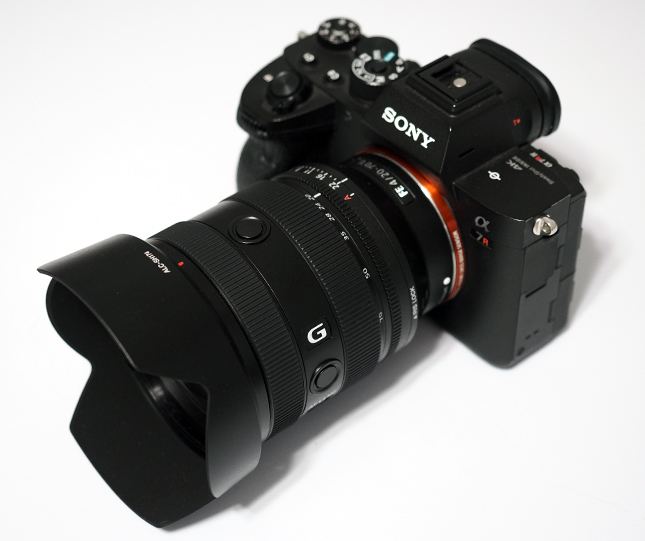
Design-wise, the Sony FE 20-70mm F4 G lens shares the same modern styling as other recent Sony G-series lenses, with a matte black finish and a durable yet well-built polycarbonate barrel with a metal lens mount. It has a pretty understated design, but it does have some nice amenities that sets it apart from some of its competitors and alternatives. Notably, the lens features a manual aperture ring, with markings and soft clicks at each one-third stop between F4-F22. There is also an "A" or auto position, which let you control the aperture via the attached camera. Further, the aperture ring can be "de-clicked" for smooth iris control -- one of the lens's several video-centric features. The aperture ring also has a lock switch. You can lock the aperture ring into the "A" position, to help ensure that the aperture can't be changed accidentally via the control ring.
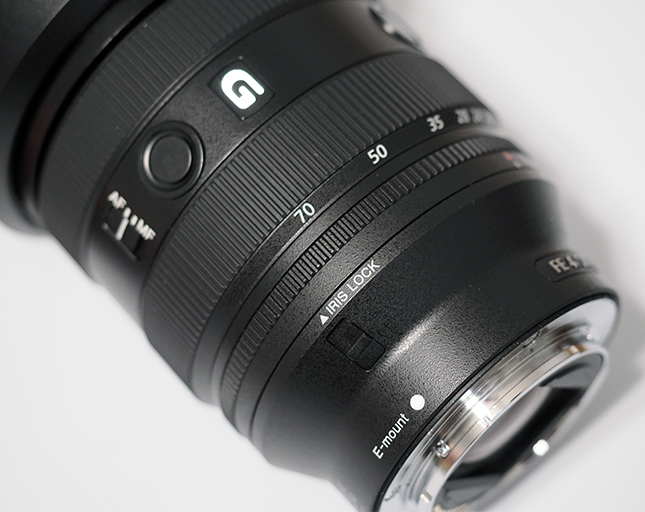
The lens also features two customizable function buttons between the zoom and focus rings; one right on top and another on the left side. By default, both of these buttons serve as Focus Hold buttons, but you can reprogram these to a number of other functions and settings to suit your shooting needs.

Lastly, the zooming functionality works as expected; the lens is a telescoping design and increases in length as you zoom to the longer focal lengths. Zooming to 70mm will add a little over 1.5 inches in additional length to the lens. The zoom ring rotates very smoothly, and it take a little under 45 degrees of rotation to zoom through the full range. The focusing ring sits at the end of the lens and is about a half-inch wide and slightly thinner than the zoom ring. Both rings have a rubbery, ridged surface for easy grip. Like most Sony E-mount lenses, the 20-70mm lens is a focus-by-wire design, which is a fully electronically-controlled focusing ring. The ring rotates very smoothly (much more easily than the zoom ring) and will rotate freely without any hard or soft stops at either end of the focusing range. The lens does have what Sony calls "Linear Response Motors," which allows for a responsive and precise focusing behavior when operating focus manually.
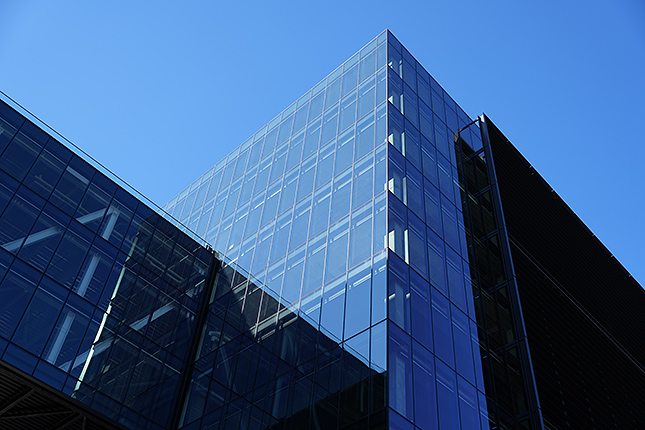
Image Quality
When it comes to the optical layout, the Sony FE 20-70mm F4 G lens uses 16 total elements situated into 13 groups and includes several specialized lens elements to suppress chromatic aberrations and ensure sharp image quality across the frame. The lens includes one aspherical element, two AA (advanced aspherical) elements to help minimize chromatic aberrations as well as three ED (extra-low dispersion) and one ED aspherical element to help further reduce CA and spherical aberrations. The lens also features a 9-bladed circular aperture diaphragm to help ensure smooth bokeh.

Unlike the previous FE 24-70mm F4 Zeiss or the FE 24-105mm F4 G lenses, the FE 20-70mm F4 lens does not feature on-board optical image stabilization and instead relies on in-body SteadyShot from the camera for any stabilization correction. The FE 20-70mm is compatible with Sony cameras that offer "Active Mode" image stabilization for stills and video, which is an additional electronic-based image stabilization mode for even smoother, steadier images. This Active Mode IS does crop in on the image slightly. However, given the wider field of view from the 20mm focal length, users can still get an ultra-wide field of view when using Active Mode IS without significant changes to their composition or framing.
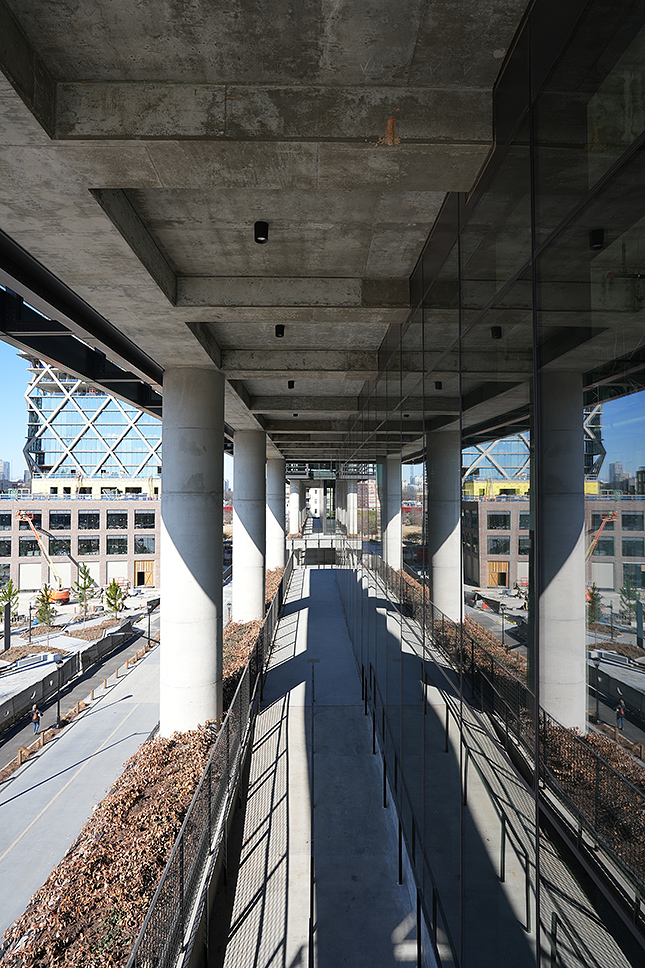
In the field, the FE 20-70mm offers very good image quality, even when shooting wide open at F4. Across the zoom range, sharpness in the centers looks very good with excellent resolving power, even at F4, at both 20mm and 70mm. Corner performance is also quite good, though I did find that stopping down some will help sharpen up the corners. I noticed some corner softness at 35mm, 50mm and 70mm at the wider apertures, but stopping down definitely improved the sharpness performance, with optimal sharpness occurring between F8-F11.
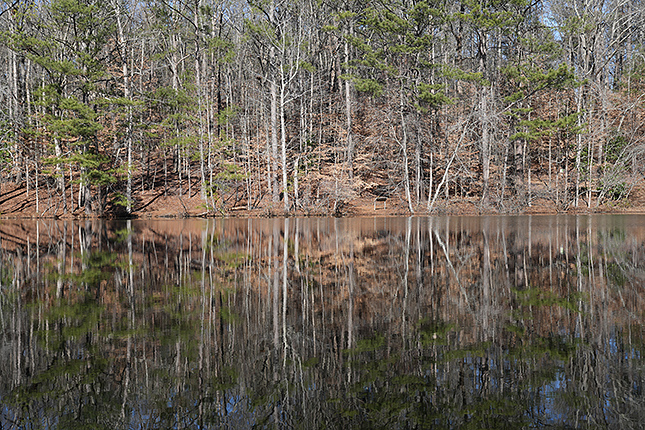




Interestingly, at 20mm, the corner performance is quite good, even at F4. Detail in very far corners looks surprisingly good at F4, and I didn't see as much of a change in corner sharpness when stopping as I did at the longer focal length. However, you can improve sharpness slightly by stopping down a bit. There's some mild purple fringing present here as well in the corners. I also noticed a subtle bit of vignetting at 20mm F4 that clears up when you stop down to F5.6.
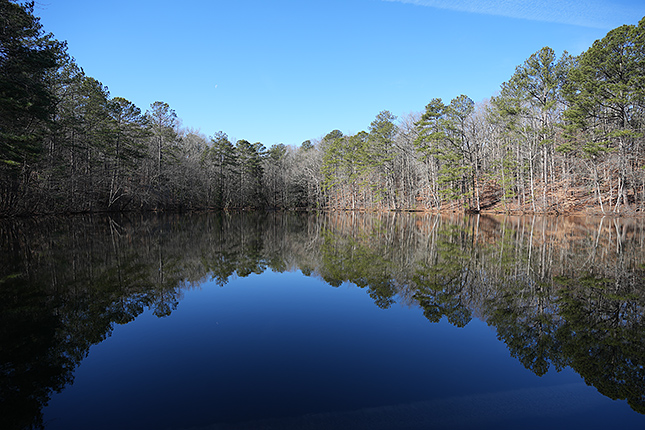
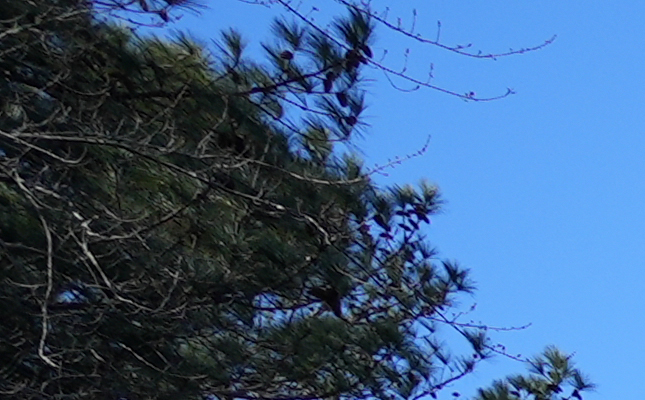
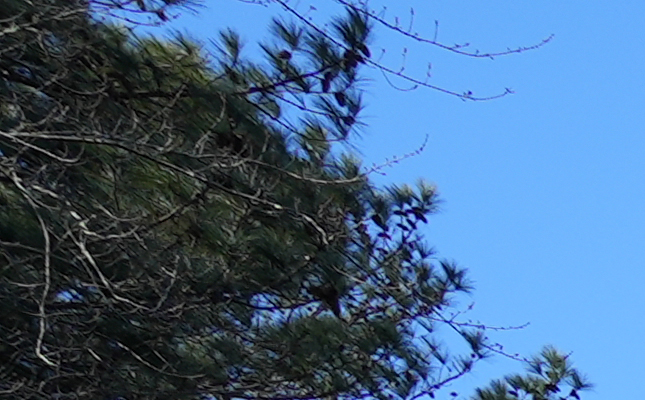
The lens handles diffraction-related softness pretty well, and in most situations sharpess is great down to F11. You can start to see some softening by F16, however, and more so at F22.
For more sample images and sharpness series test shots, check out our Sony 20-70mm Gallery.
Now, all that being said, it's immediately clear when looking at the RAW files compared to straight-out-of-camera JPEGs that Sony is relying heavily on in-camera optical corrections, especially at 20mm. Looking at uncorrected RAW files, you can see that Sony incorporates some noticeable distortion correction at all focal lengths, but it's most evident at 20mm. At this widest focal length, the lens exhibits some heavy barrel distortion, and the far corners are black from heavy vignetting -- the uncorrected 20mm RAW file almost appears like it was shot with a fisheye lens almost. However, the Sony in-camera corrections here work surprisingly well, which is a great thing. As camera processing has gotten increasingly better over the years, optical designers can instead make more drastic choices in optical designs and create lenses that are smaller and lighter and less reliant on large, often heavy optical formulas for ideal optical performance. It's a trade-off; smaller and lighter and relying more heavily on software, or larger, heavier designs that are optically great right out of the box. There are pros and cons to either way, of course. Smaller and lighter lenses are great for usability and portability, but if you like to edit RAW files and don't use editing software that's compatible with a given lens's correction profile, then you'll have some extra work on your hands to make your images look great.
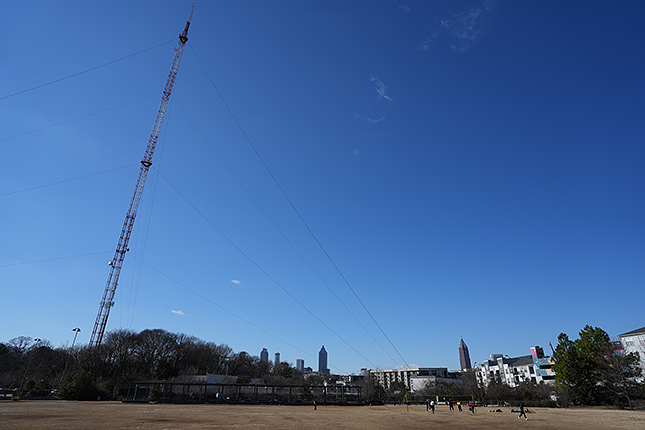
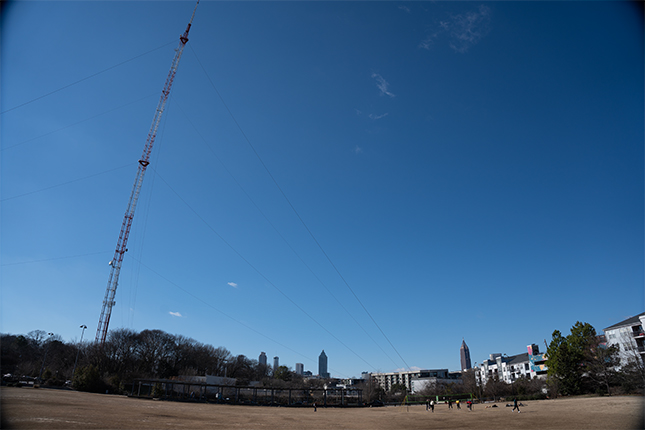
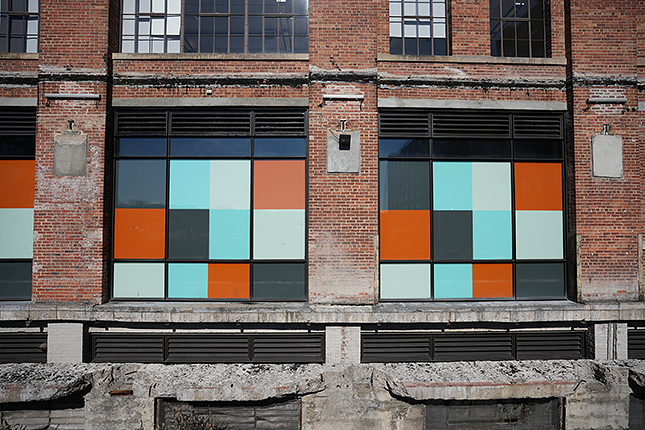
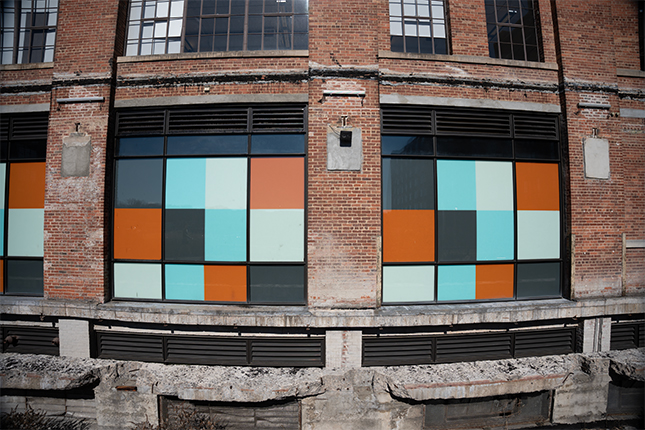
Focusing
Like many of Sony's highest-end G Master lenses, the new FE 20-70mm lens uses XD Linear Motors for its focusing system, and not just a single motor, but a double XD Linear Motor setup. This helps provide incredibly fast and precise focusing as well as essentially silent operation, making this an excellent lens for video creators.
In use, the Sony FE 20-70mm offers excellent focusing performance, much as I've experienced with other recent Sony lenses. Focusing speed feels nearly instantaneous with both short focusing adjustments and larger ones. It takes less than a second to focus from the minimum focusing distance to infinity.
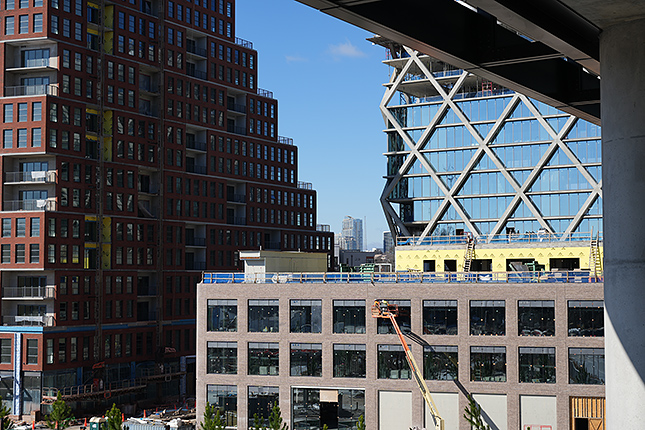
Pricing & Availability
The Sony FE 20-70mm F4 G lens is set to go on sale in February 2023 with a retail price of $1,099 USD ($1,499 CAD).
• Sony FE 20-70mm F4 G Gallery Images •
